Wine tourism is on the rise. It is establishing itself all over the world as a growth driver. As much for the wine sector as for the tourism industry!
Indeed, as the growth of wine consumption tends to slow down in the world, the sector must find new outlets. New sources of income, new consumer targets… how to reinvent a sector without denying its traditions?
As far as tourism is concerned, “idleness” is no longer popular. More and more, tourists are seeking to give meaning to their travels. Developing, cultivating, discovering new horizons… no more idle vacations sipping a mojito with your feet in the water. Make way for “transformational” travels!
The modern history of wine tourism is relatively recent. As far back as we can go, it is the Judgment of Paris in 1976 that is used as the starting point for this adventure in the Napa valley in California. More recently, the film Sideways in 2004 popularized the concept of wine road trips… And boosted the sector. Today, wine tourism accounts for more than 50 billion euros of direct revenue in the world economy!
There is no one definition of wine tourism that is unanimously accepted in all wine producing countries. The market figures are therefore to be taken with a grain of salt because they are not calculated on the basis of a homogeneous definition. Nevertheless, in a spirit of synthesis, we propose the following definition:
Enotourism, or wine tourism, defines all tourist activities, all formats combined, organized with the objective of discovering the vine, a wine-producing region, the profession of winegrower, wine and wine tasting.
It is according to this definition that we will analyze the dynamics of the world wine tourism market. What are the success factors and winning formulas in the sector? What are the differences between the approaches of the new world and the old world? What is the global economic weight of the sector?
Differentiate by structuring a value-added enotourism offer
If the typical wine tourism offer that has proven itself is based on a good wine tasting, it is no longer enough! In order to gain the loyalty of a clientele in demand for rich and original experiences, the winegrower must diversify. There are many themes that allow us to target a wider range of profiles than just wine lovers:
- Enology remains at the heart of the value proposition. A tour of the cellar, the winery and the vineyard in the company of the winemaker is a less formal, more natural discovery of wine. The participation in the winegrower’s profession in the form of vineyard sponsorship is a strong experience. Participatory, it convinces wine enthusiasts as well as neophytes!
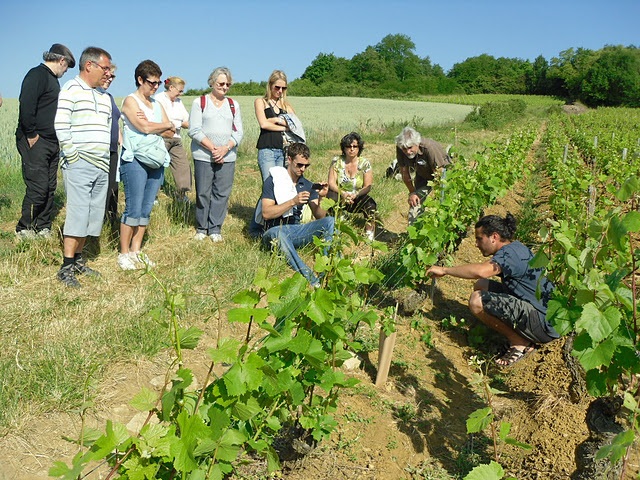
Vine sponsoring is an innovative way to let wine lovers discover the work of winemakers.
- Accomodations: 80% of wine tourists live in urban areas. Spending a weekend in the vineyards meets their growing expectations of a return to nature and traditions. The Austrian region of South Tyrol has succeeded in a rather exemplary initiative in this respect. The Vinum Hotels have joined forces to offer a global offer dedicated to wine tourists. Together, they have reached the critical size that allows them to invest in marketing that makes them visible. Something that would not have been possible if everyone had played their own card in their own corner.
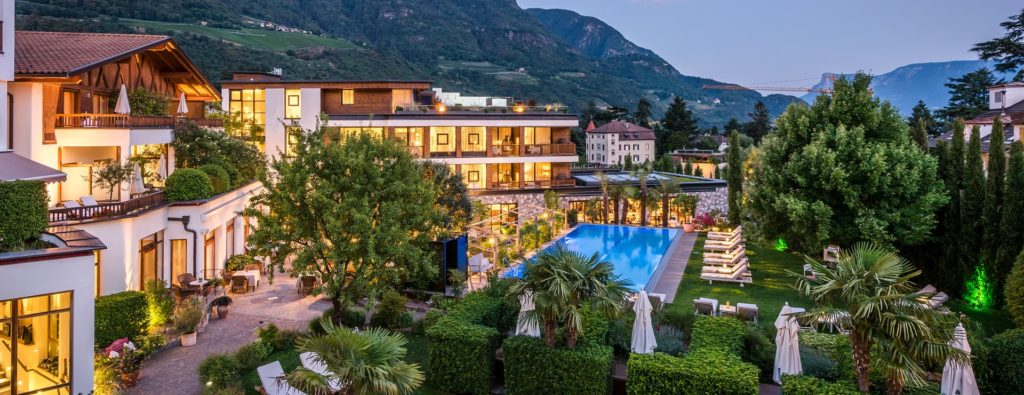
- Gastronomy allows wine tourism sector to broaden its audience to epicureans in general. Offering food and wine pairings, tasting local specialties, a typical meal in the area leaves a generally lasting memory. In South Africa, the Fairview farm near Cape Town has taken the model to its extreme by offering wine and cheese-tasting and wine-making workshops! In the United States, wine tourism is inseparable from gastro-tourism, and California is an example of the integration of these two concepts.
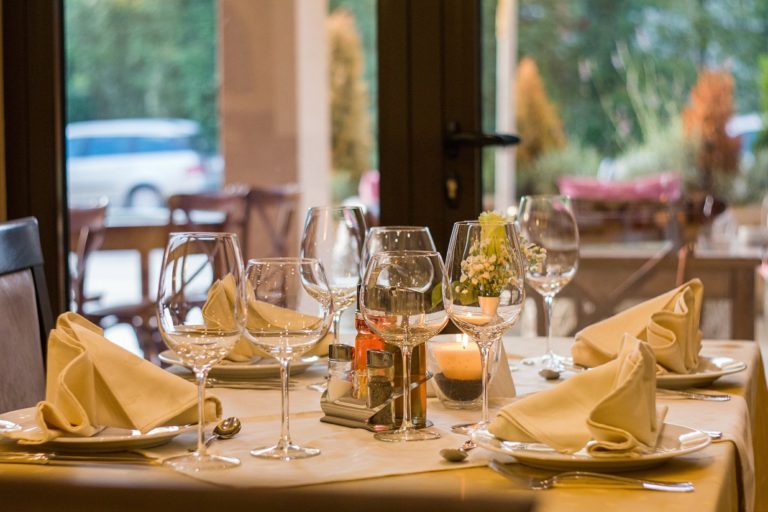
Gastro tourism and wine tourim are very complentary offers
- Sport is a unifying activity. Cycling (old world) or segway (new world) on the wine roads are formulas that are developing all over the world. Golf & wine formulas allow to attract international high-end tourists.
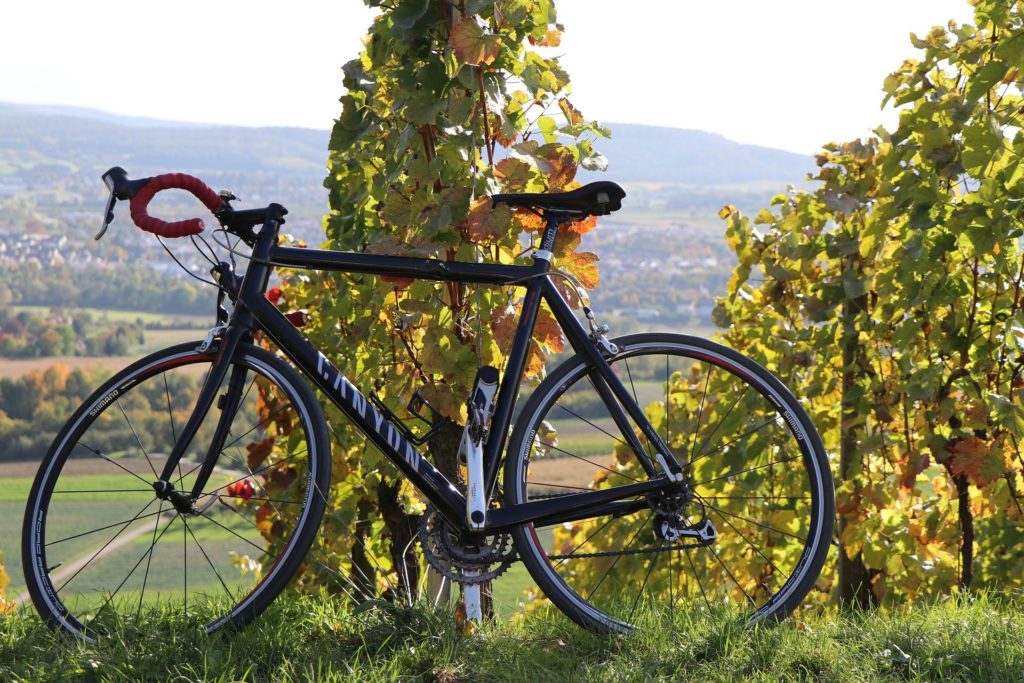
- Entertainment: sunny terraces or escape games in the middle of the vineyards for family moments proved to be successful offers.
- Culture: a wine or wine history museum to attract customers with a more “intellectual” profile. Bordeaux and Adelaide in Australia have understood this and have designed their wine tourism offer around their powerful Wine Cities. In another register, Boston has found the formula with its now famous wine festival.
All these formulas are as many ways to bring the world of wine closer to tourists who would not have come here out of passion.
Hunting in a pack in a regionally integrated industry
The local success of the wine tourism sector cannot rest only on a few winemakers, however active and imaginative they may be. To attract and retain a significant number of tourists, the entire region must develop a structured wine tourism offer.
The initiative must be supported by the public authorities, if only to finance basic infrastructure. Transport networks, parking, public toilets, road signs, wine tourism circuits, the famous wine routes. Managing a large flow of tourists cannot be improvised!
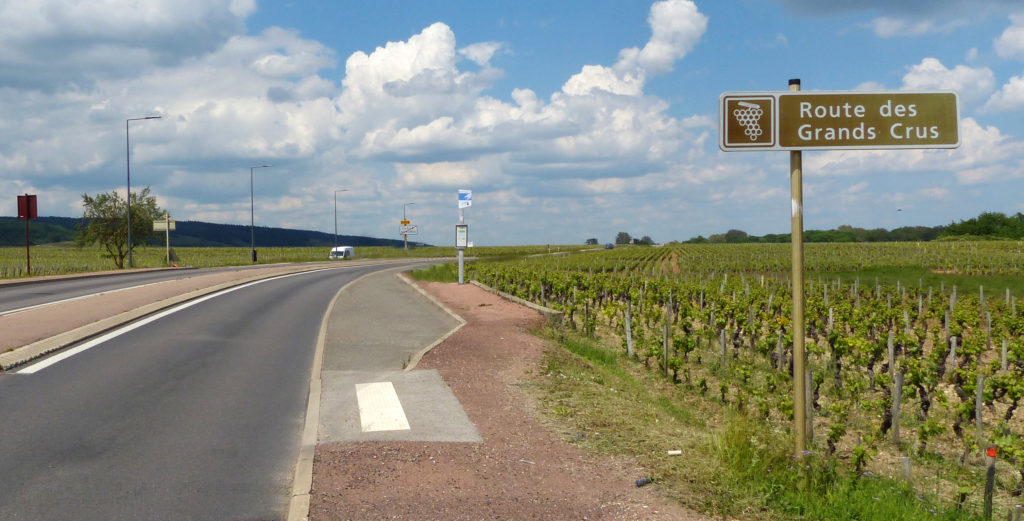
All the players in the local tourism and wine sectors must be mobilized. A wide and varied hotel and restaurant offer is necessary to offer a global service.
Understandably, the regional challenge consists in relying on a sufficiently credible political force to federate the local players in an integrated ecosystem.
Attracting new targets through an ambitious digital strategy
If wine tourism were to target only the discerning wine enthusiasts, its weight would be reduced to a mere pittance. In order to scale up, the players in the sector need to address connoisseurs, epicureans, explorers as well as neophytes.

Profile of wine tourists in France. Source intervin.fr
This opening is also strategic because it allows new categories of consumers to be brought into regular wine consumption. To reach these new customers, offering the expanded range of services we have just discussed is necessary but not sufficient. It is also important to deploy an aggressive marketing strategy.
The advertising campaign organized by “Tourism Australia” is a good example of an ambitious marketing investment. It impresses by its style: a crazy Crocodile Dundee ad. But also by its budget: $36M for a distribution targeting no less than 100 million Americans during the Super Bowl final! See how wine tourism takes its full place in this advertising strategy.
If the Super Bowl ads remain mythical, there is no doubt that an ambitious marketing strategy today requires a strong digital presence.
In order to recruit new customers, the targeted use of social networks and global platforms is a must. It is a question of mastering their codes, which is not the winegrowers’ job. The actors of the wine tourism sector must therefore be accompanied by online marketing professionals.
This digital strategy must not stop at the acquisition of new customers. It must be extended during and after the wine tourism stay to increase the intensity of the experience and build customer loyalty.
During the visit, many regions are investing in mobile applications offering immersive tours. The most innovative are opting for augmented reality tours. Geolocalized, the tourist receives educational information about the estate, the appellation, the vine plot, its grape variety, and its history. The aim is to build what marketers call a digital story telling.
Downstream of the stay, digital tools make the experience last by giving news about the estate and the appellation. Here again, social networks are particularly well suited to this multimedia and interactive approach.
A traditional approach in Europe, a show of the new world
The difference between the wine tourism culture of the new world and that of the old world can be summed up by the person who will serve you your glass of wine. In the new world countries, the tourist is welcomed by a professional of tourism. Look for the winemaker in the Californian Napa Valley or the Australian Barossa Valley, you won’t find him!
On the contrary, it is the winemaker, his wife or possibly his cellar master who will receive you in a large number of European estates. He will insist on telling you about his wines and making you taste them. But he is by no means an expert in tourism and out of his domain, he would not be able to sell you a global experience.
Generally speaking, the new world claims a “business” approach. Paid tastings, professionals experienced in sales, commercial infrastructures offering as many goodies as wines… This customer-centered offer offers a festive experience that is conducive to spending.
I will never forget my visit to Casa del Bosque in the Casablanca valley, Chile. A gigantic green terrace welcomes you in a musical atmosphere. No time to sit on a deckchair that you are taken care of by a tour guide. After checking out, he will take you on a tour of the property, telling you a well-rehearsed, rhythmic speech full of good jokes. A tasting of the estate’s wine concludes the tour, which is over in a flash. Return to the terrace which comes alive, in anticipation of the evening that is about to begin.
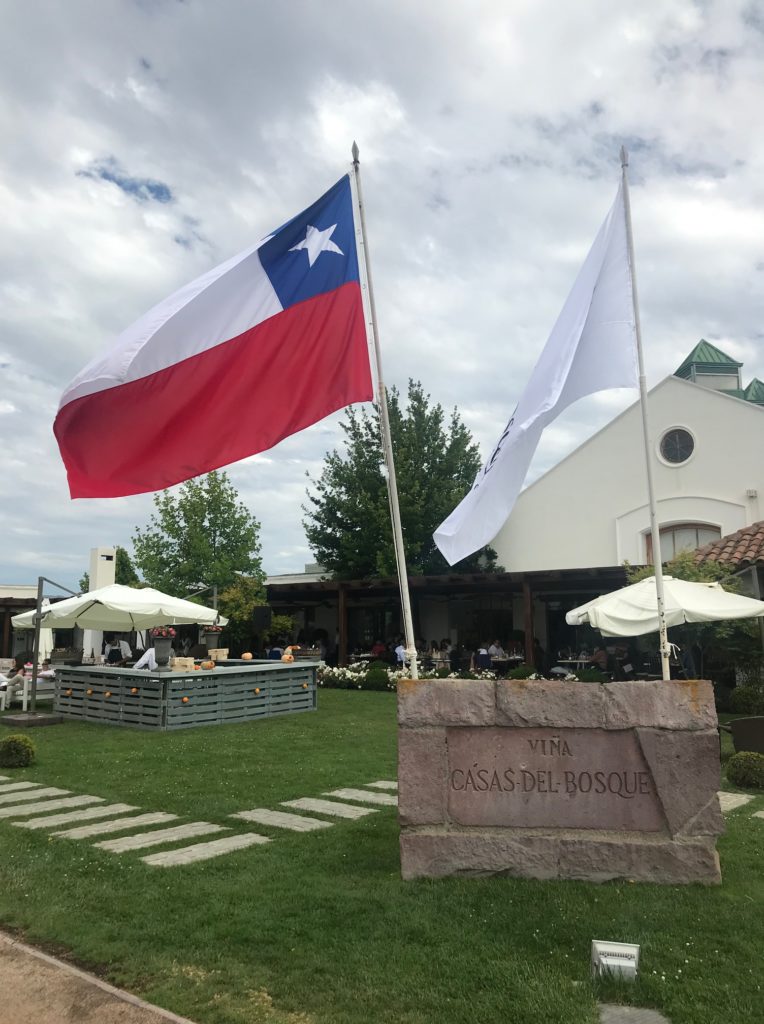
The wine tourism offer of old Europe is quite different! Not very structured, it values its main strength: its long wine-growing tradition. The tastings, free of charge, are animated by the winemaker, who is uncompromising when he starts talking about his wine. Between two passages in the vineyard, he addresses his customers like a pianist greets his audience. In this game, the most efficient is the winery that will seem the most authentic.
Without renouncing its authenticity, the European wine sector should draw inspiration from the successes of the new world to develop its activity. And vice versa. By looking at what works elsewhere, the sector will be able to transform the experience it offers its customers and win new fans.
Global wine tourism figures
To try to quantify the economic weight of the sector, and starting from the definition of wine tourism given in the introduction, we consider that the sector generates two types of economic activity:
- The set of activities of a trip in which the discovery of the world of wine is the main motivation.
- The wine-related activities and only these, within the framework of a trip of which they are not the main motivation.
Let’s start with three key figures, which seem to me to be exciting:
- On average, a wine estate increases its turnover by +20% by offering wine tourism services. This figure can go up to 33% in certain properties in the new world!
- The sector is experiencing sustained growth of +5% to +10% per year, depending on the country (excluding Covid19 in 2020),
- In Europe, experts estimate that only 20% of the wine-tourism business potential is exploited today.
| Country | Annual number of wine tourists (million) | Industry revenue (billion $) |
|---|---|---|
| France | 10 | 5.2 |
| Italy | 5 | 2.5 |
| Spain | 3.6 | |
| Germany | 7.3 | 5 |
| USA | 15 | 15 |
| Australia | 1 | 5.1 |
| Argentina | 1.5 | 1.4 |
| South Africa | 0.5 | |
| New Zealand | 0.22 | 0.75 |
| Canada | 3.7 | 1.4 |
The United States, which arrived later than Europe in wine growing, but a forerunner in wine tourism, is therefore the largest market in the sector. They have been able to position themselves more broadly of “gastro-tourism”, dear to the Americans.
Generally speaking, New World wine tourism is a mature market, essentially driven by the domestic market. Much more open to international tourists (42% foreign wine tourism in France), European wine tourism is becoming more structured. It still has strong potential for development.
What if wine tourism became the vector that will bring the tourist and wine industries out of the rut at the end of the Covid episode?

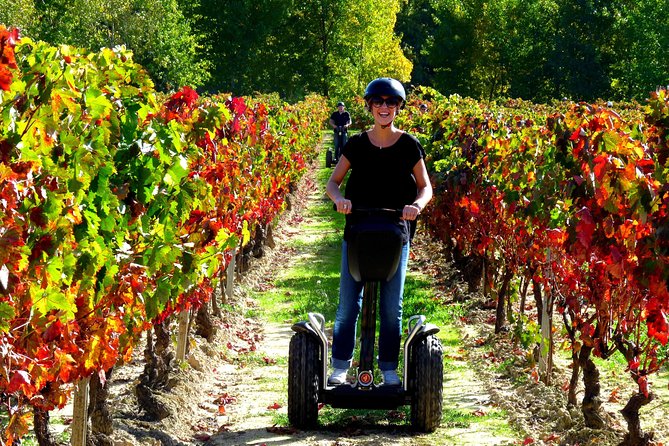
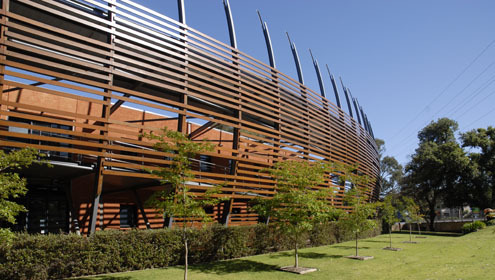
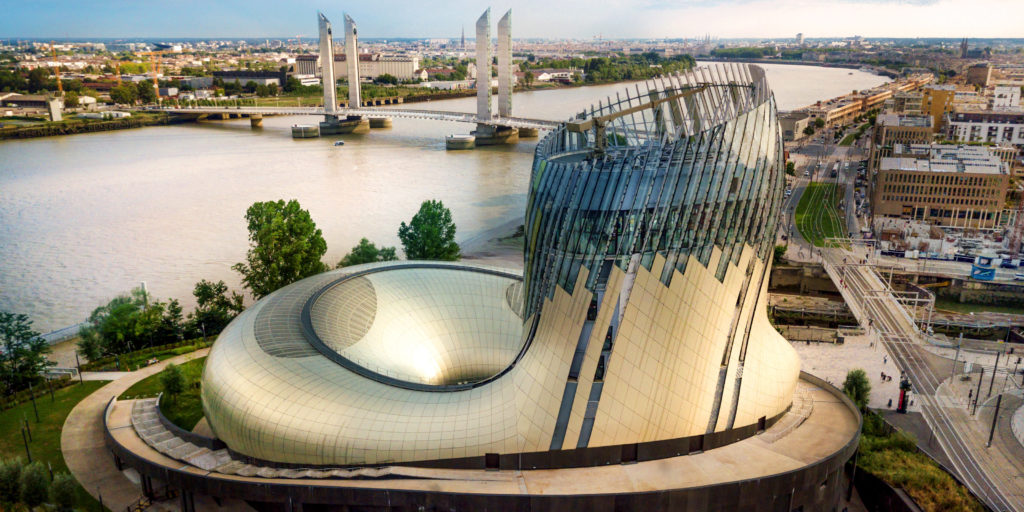
Thank you for the article. Could you share where you sourced the Global wine tourism figures from?
Bonjour, yes, me too would like to know the source for the interesting global wine tourism figures.
Merci beaucoup